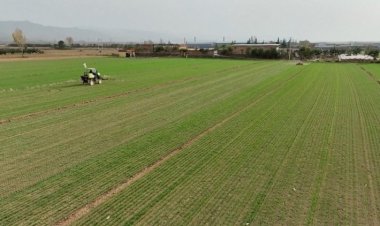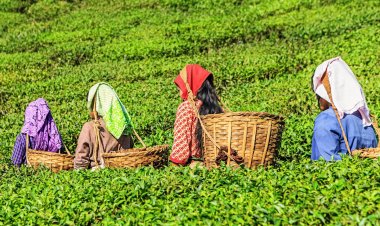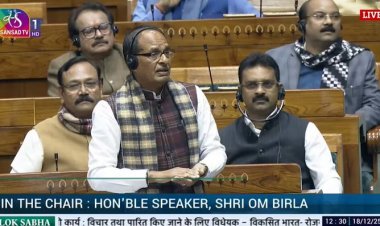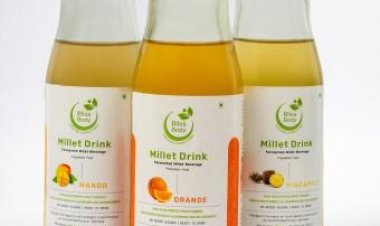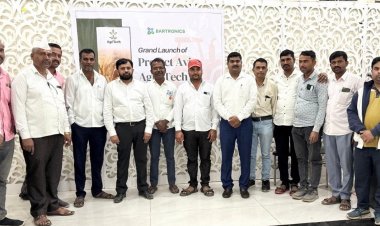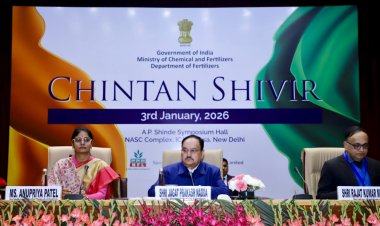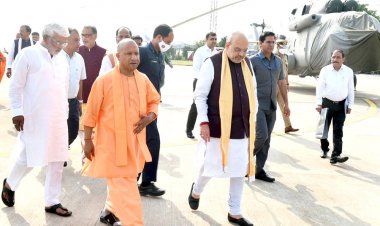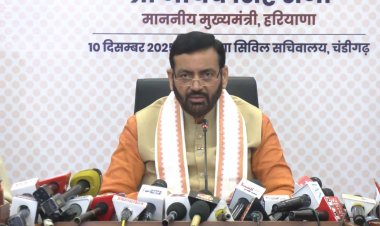High DAP cost affecting viability, farmers may need higher subsidy or MRP: FAI
With sharp increase in global prices of Di-ammonium phosphate (DAP) in the recent months, fertiliser industry body FAI feels there will be a need to increase either the government subsidy or retail prices if the rates remain high in the international market.

With sharp increase in global prices of Di-ammonium phosphate (DAP) in the recent months, fertiliser industry body FAI feels there will be a need to increase either the government subsidy or retail prices if the rates remain high in the international market.
Fertiliser companies are currently selling the DAP at Rs 1,350 per bag of 50 kg. The global prices of DAP have risen to USD 595 per tonne from USD 440 per tonne in July this year. DAP was priced at USD 924 per tonne in April 2022, said Fertiliser Association of India (FAI) Chairman N Suresh Krishnan.
With the current import price, viability will be a bit of a challenge in the case of DAP. There may be need for either higher MRP or higher support from the government if the global prices maintain at the current level, he said.
The phosphoric acid prices declined from USD 1,530 per tonne in April 2022 to USD 970 per tonne in July 2023 and again rose to USD 985 per tonne in October 2023. Ammonia prices have shown a similar trend which was USD 1,530 per tonne in April 2022, went down to USD 285 in July 2023 and have again increased to USD 575 in October 2023. Urea production is also heavily dependent on imported RLNG (Regasified Liquefied Natural Gas) to meet 80-85 per cent of its requirement.
The FAI said, "The international price volatility and downward correction in NBS rates for rabi 2023-24 are affecting the viability of the P & K (phosphatic and potassic) sector."
It also demanded that urea, a key crop nutrient, should be brought under the Nutrient-based Subsidy (NBS) scheme on the lines of P&K fertilisers to help in correcting considerable disparities in MRPs (maximum retail prices) of urea and P&K fertilisers.
Krishnan also expressed concern over low subsidy on the Muriate of Potash (MoP), which has resulted in this soil nutrient being costlier than DAP and thereby lesser consumption. "There has been a continuous decline in consumption of MoP. Substantial reduction in subsidy on MoP will further be detrimental to the growth of K (potash) nutrition in crops and lead to the widening of N:P205:K20 use ratio. It will have an adverse effect on soil health," the FAI said.
Highlighting the progress in the Indian fertiliser sector, Krishnan said urea production is expected to rise to 30 million tonnes this fiscal from 28.5 million tonnes in the previous year. He expected the country to be self-sufficient in the next couple of years with a rise in domestic production.
The FAI President said the consumption of nano urea is also rising and hoped that nano-urea could meet 20 per cent of the total demand by 2030 by substituting conventional urea. During the April to October 2023 period, production of urea, DAP and NP/NPK complex fertilisers increased but the production of SSP showed a decline compared to the same period last year.
Import of urea and MOP increased by 9.7 per cent and 63.8 per cent, respectively, during April-October this year as compared to the same period last year. Import of DAP and NP/NPK showed a reduction of 8.8 per cent and 18 per cent, respectively, in April- October 2023. Sales of all major fertilizers registered positive growth during April-October 2023 against the year-ago period.
On industry's concerns, FAI said the major concern remains the NPK use ratio, which was corrected to 4.3:2:1 (near ideal) in 2009-10 but again distorted and reached 12.8:5:1 for Kharif 2022 and 10.9:4.9:1 during Kharif 2023. The ideal average NPK use ratio is 4:2:1.



 Join the RuralVoice whatsapp group
Join the RuralVoice whatsapp group



















